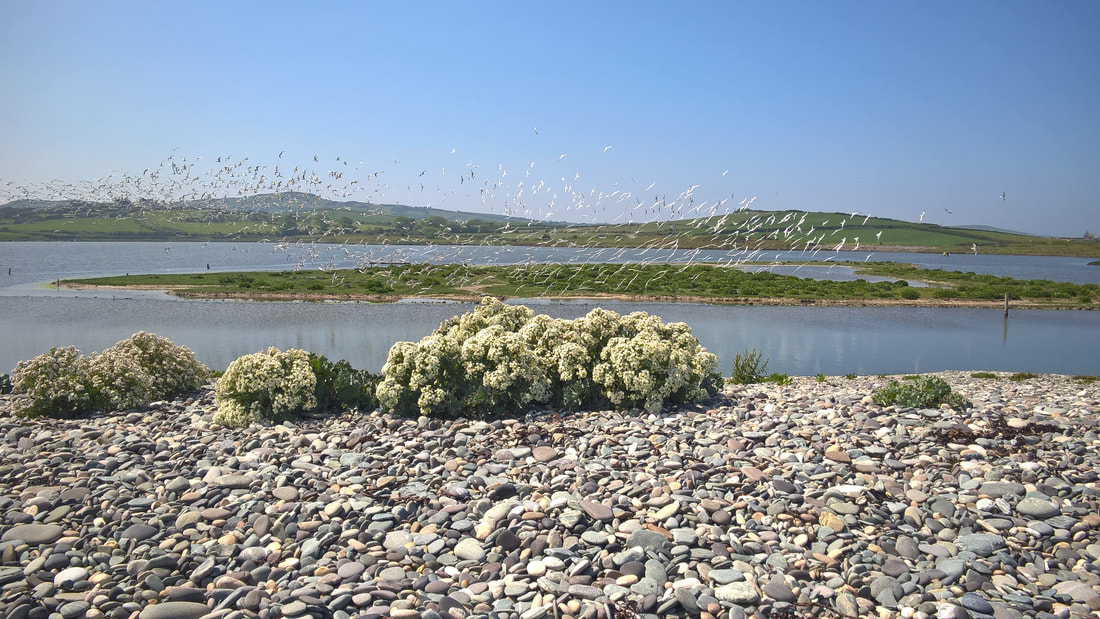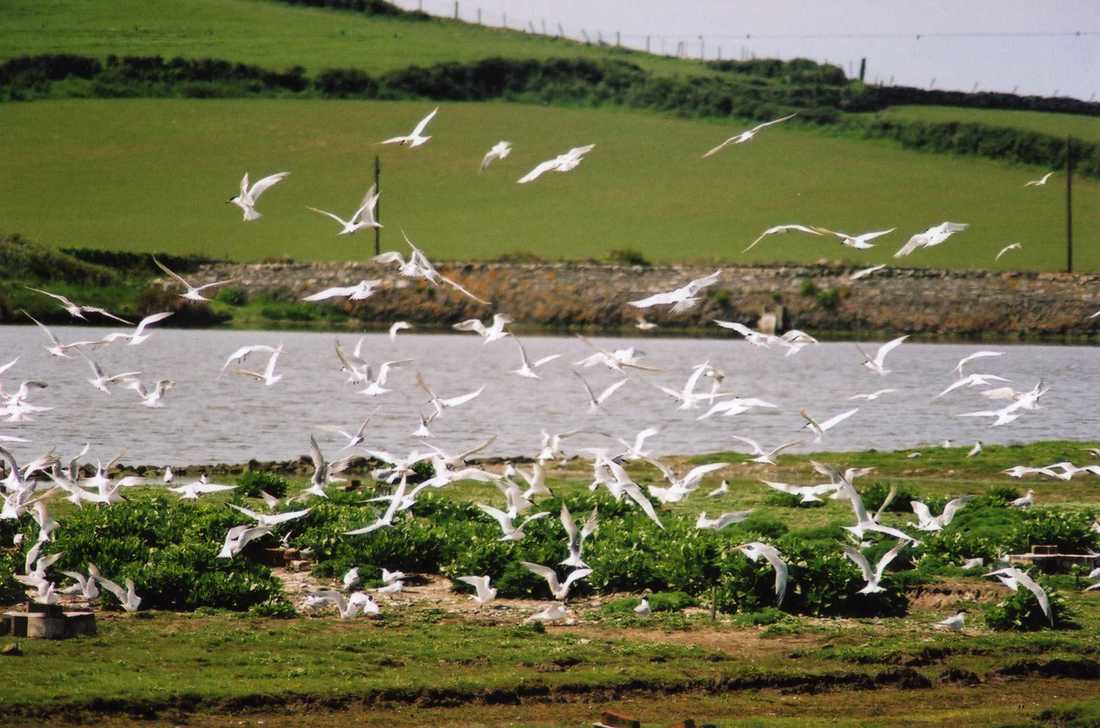|
There could be a number of responses to that news; ‘What’s that?’ or ‘so what!’ Natura 2000 - What’s that? The Natura 2000 network of sites forms a globally unique network of protected areas stretching across the European Union. Extending from the fringes of the Atlantic Ocean to the Black Sea in the East, the Mediterranean Sea in the south and the Arctic Circle in the North, Natura Sites are designated under two of the most influential pieces of European legislation dealing with nature conservation and the environment. The Birds Directive protects all wild birds, their nests, eggs and habitats within the European Union. Sites called Special Protection Areas or SPAs are classified under the Birds Directive to protect birds that are rare or vulnerable in Europe, including regular migrants and visitors. Sites called Special Areas of Conservation or SACs are designated under the European Habitats Directive for habitats and non-bird wildlife. Together, Special Protection Areas and Special Conservation Areas form the Natura 2000 network. Natura 2000 at North Wales Wildlife Trust’s Reserve at Cemlyn, Anglesey On 10th June 1992, the UK’s Secretary of State for the Environment classified sites at Ynys Feurig, Cemlyn Bay and The Skerries on Anglesey as a Special Protection Area (SPA) under the ‘Birds Directive’. The focus for these designations were that the three combined sites supported ‘populations of breeding Roseate Tern (at the time given as three pairs or 4.7% of the GB breeding population), Common Tern (189 pairs or 1.5% of the GB breeding population), Arctic Tern (1290 pairs representing at least 2.9% of the then GB breeding population), and Sandwich Tern (460 pairs representing 3.3% of the GB breeding population at that time). In 2008, the Countryside Council for Wales (CCW)- as the statutory nature conservation in Wales, published a Management Plan for the Ynys Feurig, Cemlyn Bay and The Skerries SPA. Its’ vision included the statement that ‘the Site should contribute to the breeding tern population within the Irish Sea and that the Site’s integrity as a breeding site for Roseate Tern, Sandwich Tern, Arctic Tern and Common Tern should be maintained - even in years where one or more of the nesting species fails to be present In June 2015, Natural Resources Wales (as the successors to CCW), made a formal proposal to Welsh Government to extend and reclassify the Ynys Feurig, Cemlyn Bay and Skerries SPA and to rename it as the Anglesey Terns SPA. The new boundary for the SPA includes, in addition to the original three sites, extensive marine areas around the western, northern and eastern coasts of Anglesey (101,931.08 hectares in all). Interestingly the figures provided to Welsh Government in 2015 for the numbers of breeding terns around the north coast of Anglesey were exactly the same as those provided in 1992. Early in 2017 Welsh Government ‘approved’ the proposed new boundary which is now legally considered as a potential SPA or pSPA. The creation of a pSPA brings a large new area of Anglesey’s coastline and inshore waters into the Natura 2000 network and under the influence of European and domestic legislation as well as creating new responsibilities for decision makers and communities in the area.
The lagoon at Cemlyn is not only part of the Anglesey Terns pSPA but is also designated as a Special Conservation Area. Considered to be the finest saline coastal lagoon in Wales, Cemlyn’s lagoon is a priority European habitat supporting a number of rare and specialised species including the lagoon cockle and the lagoonal mud-snail. In the UK and here at Cemlyn, we may be entering our last year of full European Union membership. and Natura 2000 Day 2018 offers a chance for reflection as well as celebration. What the future holds for the Natura 2000 network in the UK is still unknown but the implications for the integrity of the Natura 2000 network as a whole and for our wildlife and habitats will be profound. On the 21st May 2018, North Wales Wildlife Trust will, as part of the Roseate Tern LIFE Project, be marking Natura 2000 Day at the Cemlyn Reserve in Northern Anglesey. Come and visit us!
0 Comments
Your comment will be posted after it is approved.
Leave a Reply. |
More Blogs to Read
AuthorThis blog is maintained by various people from the project team. Archives
August 2020
Categories
All
|
Roseate Tern LIFE Project is supported by the LIFE Programme of the European Union
LIFE14 NAT/UK/000394 ROSEATE TERN
LIFE14 NAT/UK/000394 ROSEATE TERN





 RSS Feed
RSS Feed